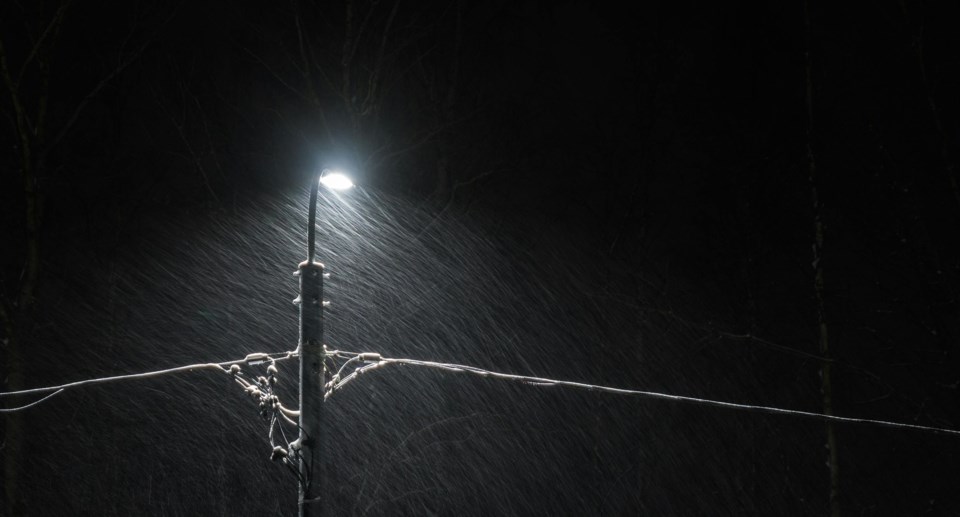Colorado is preparing for a winter shaped by La Niña, a weather phenomenon that often brings colder and snowier conditions to parts of the state.
With forecasts predicting a weak La Niña this year, experts are watching closely to see how it will impact snow, temperatures, and outdoor activities.
Here’s a breakdown of what La Niña could mean for Colorado this winter.
What Is La Niña and Why It Matters
La Niña is a natural part of the El Niño-Southern Oscillation (ENSO) cycle.
It happens when trade winds near the equator grow stronger, pushing warm Pacific Ocean waters toward Asia and allowing cooler waters to rise near South America.
This change in ocean temperatures sets off a chain reaction in global weather patterns.
Colorado is affected by La Niña, which affects the jet stream, the high-altitude air current that guides cyclones.
This change frequently results in cooler air and modified storm paths, which have an immediate effect on winter temperatures and snowfall.
How La Niña Impacts Colorado’s Winter Weather
La Niña years frequently bring more snow to northern Colorado, making this area a focus point for greater precipitation.
This is particularly true in regions close to the Rockies, where storms can occur more frequently and with greater intensity.
However, the state's central and southern regions may have drier-than-normal weather.
Additionally, La Niña winters are often windier, particularly in late winter and early spring, which could make outdoor activities less predictable for residents along the Front Range.
Ski Season Predictions in Colorado
For ski enthusiasts, La Niña winters often mean good news in northern Colorado.
Resorts like Steamboat Springs and Winter Park are likely to see increased snowfall, especially during the early and mid-ski season.
This could provide great conditions for skiing and snowboarding.
Despite this, precipitation remains unpredictable.
While northern ski areas may thrive, drier conditions in southern parts of the state could lead to uneven snow distribution.
Skiers should prepare for potential variability in conditions this winter.
Broader Climate Patterns and La Niña's Role
La Niña doesn’t just affect Colorado. Globally, it often leads to weaker Pacific hurricane seasons but stronger Atlantic ones.
Locally, Colorado’s hot summers and dry falls, as seen in Fort Collins this year, might also influence how the season plays out.
The connection between La Niña and climate change remains unclear.
Experts are still studying how warming global temperatures might impact these weather cycles.
For now, La Niña continues to be a key factor in shaping Colorado’s winter forecasts.
Stay informed and prepared as the season unfolds to make the most of what this La Niña winter may bring!



